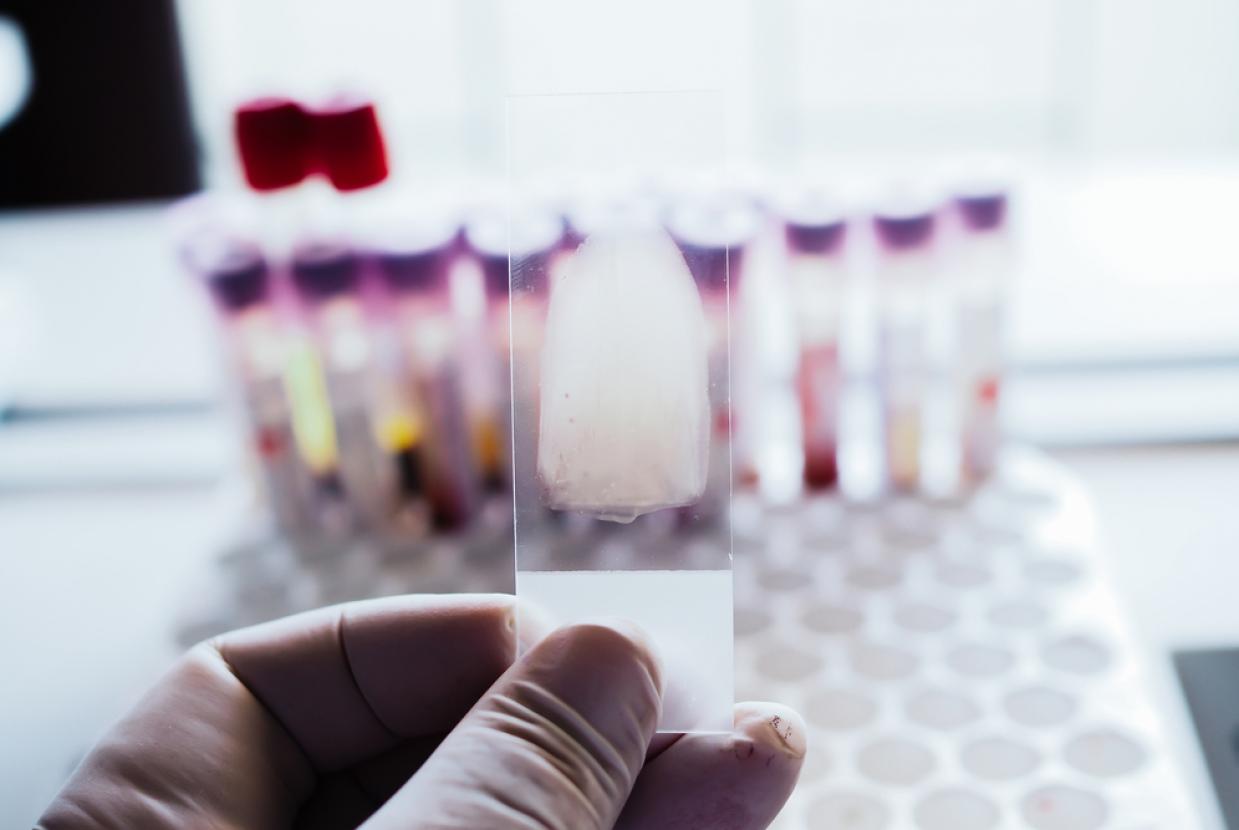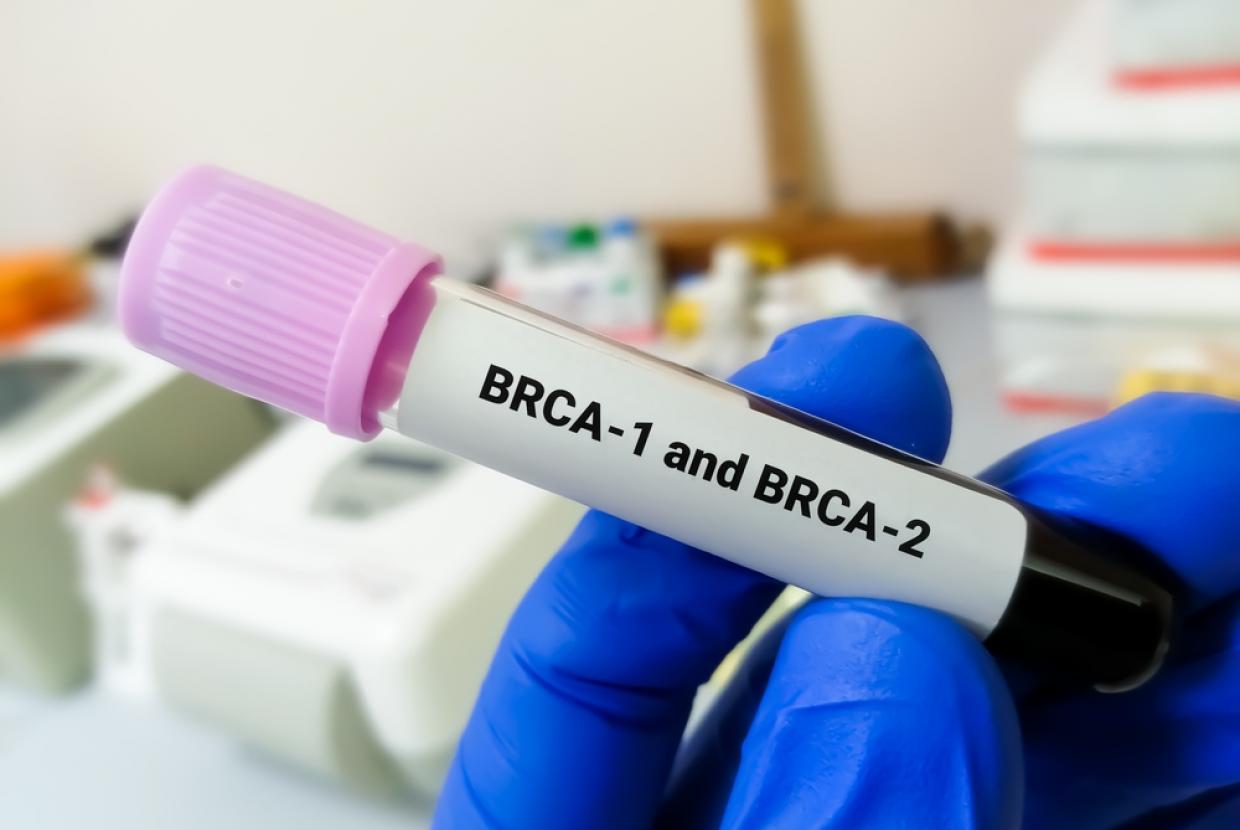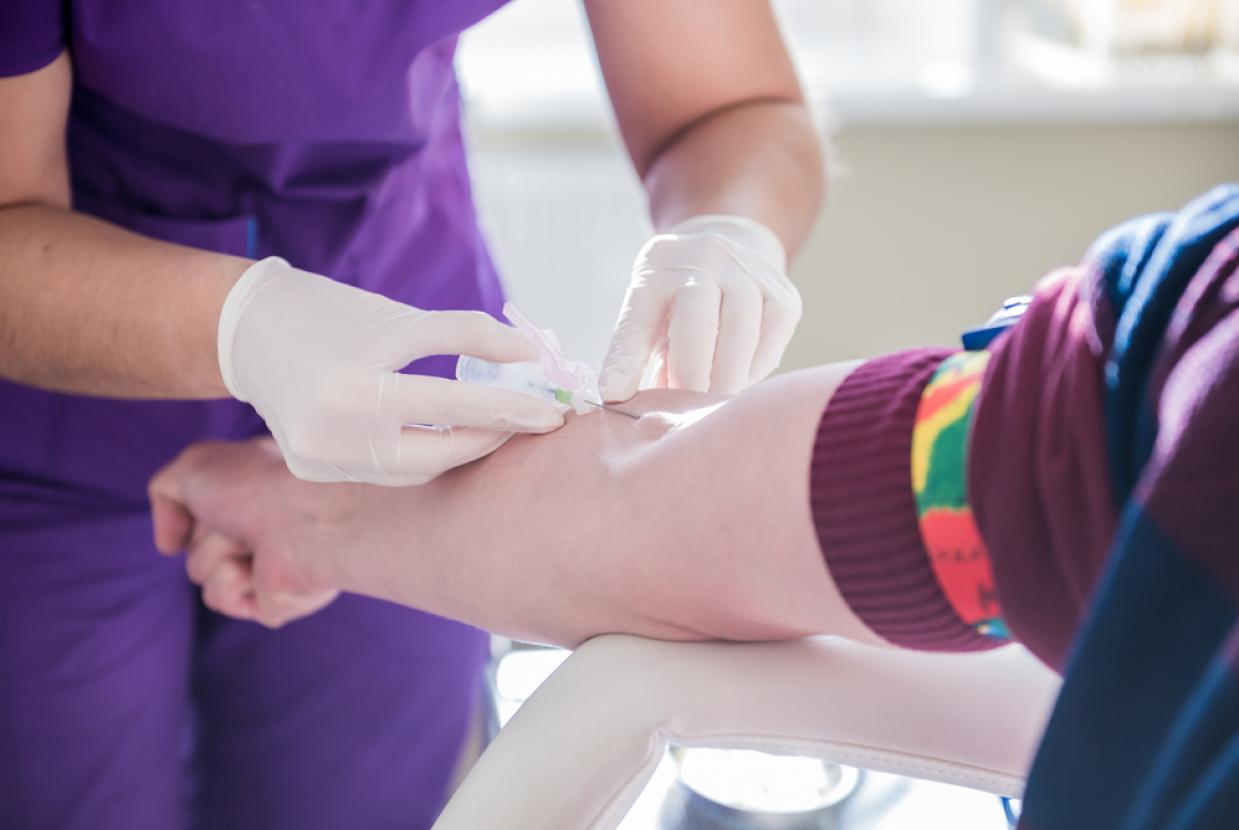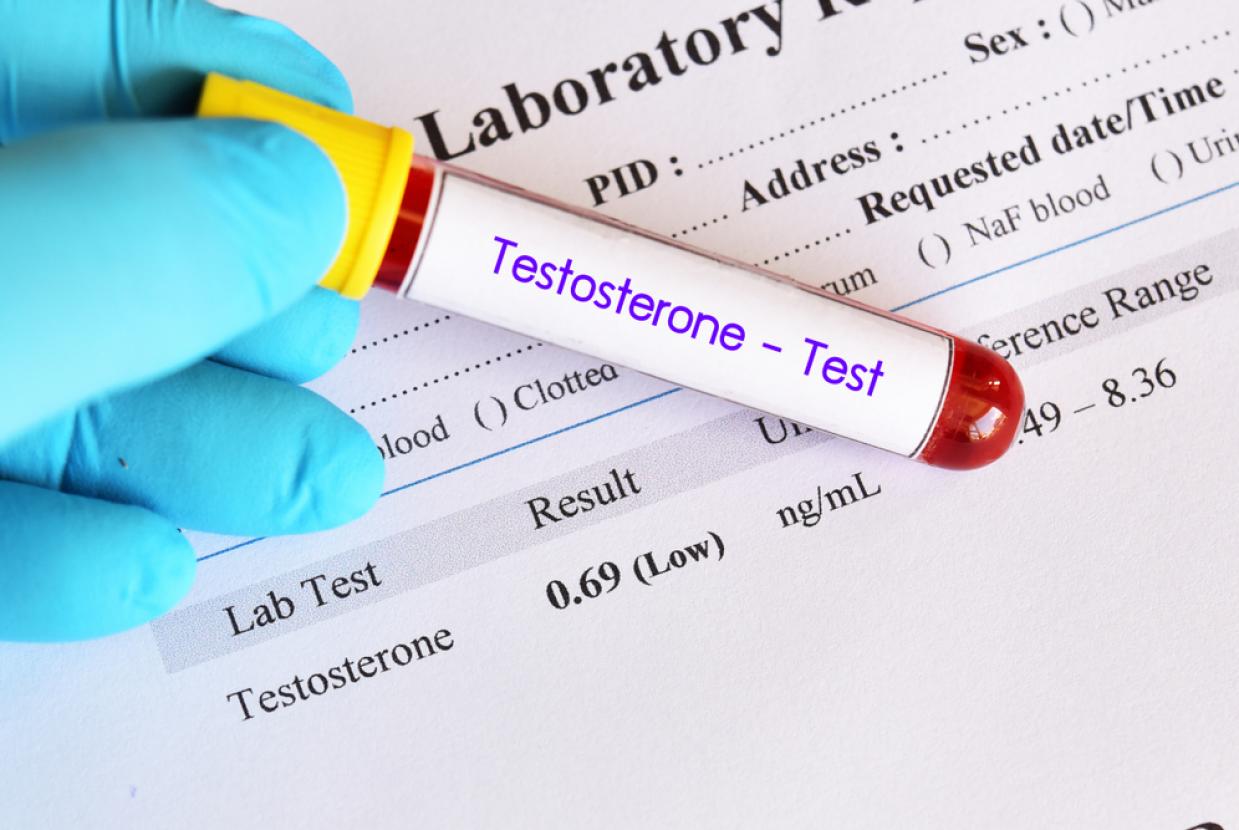Diagnosing Ovarian Cancer
Your GP asks about your symptoms and does an internal vaginal examination to check for any lumps or swelling. They usually arrange the following tests:
- a CA125 blood test to check for raised levels of this protein, which may be higher in ovarian cancer
- ultrasound scans to check the organs in the pelvis and tummy area.
If the ultrasound shows any abnormal areas, your GP arranges for you to see a specialist doctor (a gynaecological cancer specialist). You should be seen within 2 weeks.
If a GP finds a lump in your pelvis or fluid in your tummy (ascites), they refer you to a specialist straight away. Sometimes ovarian cancer is diagnosed after being admitted to hospital with a symptom that is making you unwell.
At the hospital
Your specialist doctor will usually ask about:
- your general health
- any previous health problems
- any history of cancer in your family.
They do another internal examination. If you have not had a CA125 blood test and an ultrasound scan the doctor will arrange these tests for you.
Risk of Malignancy Index (RMI)
Your doctor may use your test results to check your Risk of Malignancy Index (RMI) score. This system checks how likely it is your symptoms are caused by cancer. RMI looks at:
- whether you have gone through menopause
- the levels of CA125 in your blood
- the results of your ultrasound.
Further tests
Your specialist doctor arranges further tests. These help to diagnose the cancer and plan your treatment. You may have:
- CT scan - A CT scan takes a series of x-rays, which build up a 3D picture of the inside of the body.
- Removing fluid from the tummy - Sometimes swelling in the tummy is caused by a build-up of fluid. This is called ascites. If you have ascites your doctor may want to take a sample of this fluid and test it for cancer cells. The doctor injects some local anaesthetic into the skin on your tummy to numb the area. They gently pass a small needle through the skin and collect some fluid in a syringe. The fluid is sent to the laboratory to be examined.
- Biopsy - A biopsy is when the doctor removes a small sample of tissue (biopsy) from the lump or abnormal area. The sample is sent to the laboratory and examined under a microscope.
- Genetic testing - Your doctor or nurse may talk to you about having a blood test for genetic testing. This is to find out if you have a change (mutation) in the BRCA genes that can cause ovarian cancer. The results help your doctor decide whether certain targeted therapy drugs could be helpful for you.







































































































